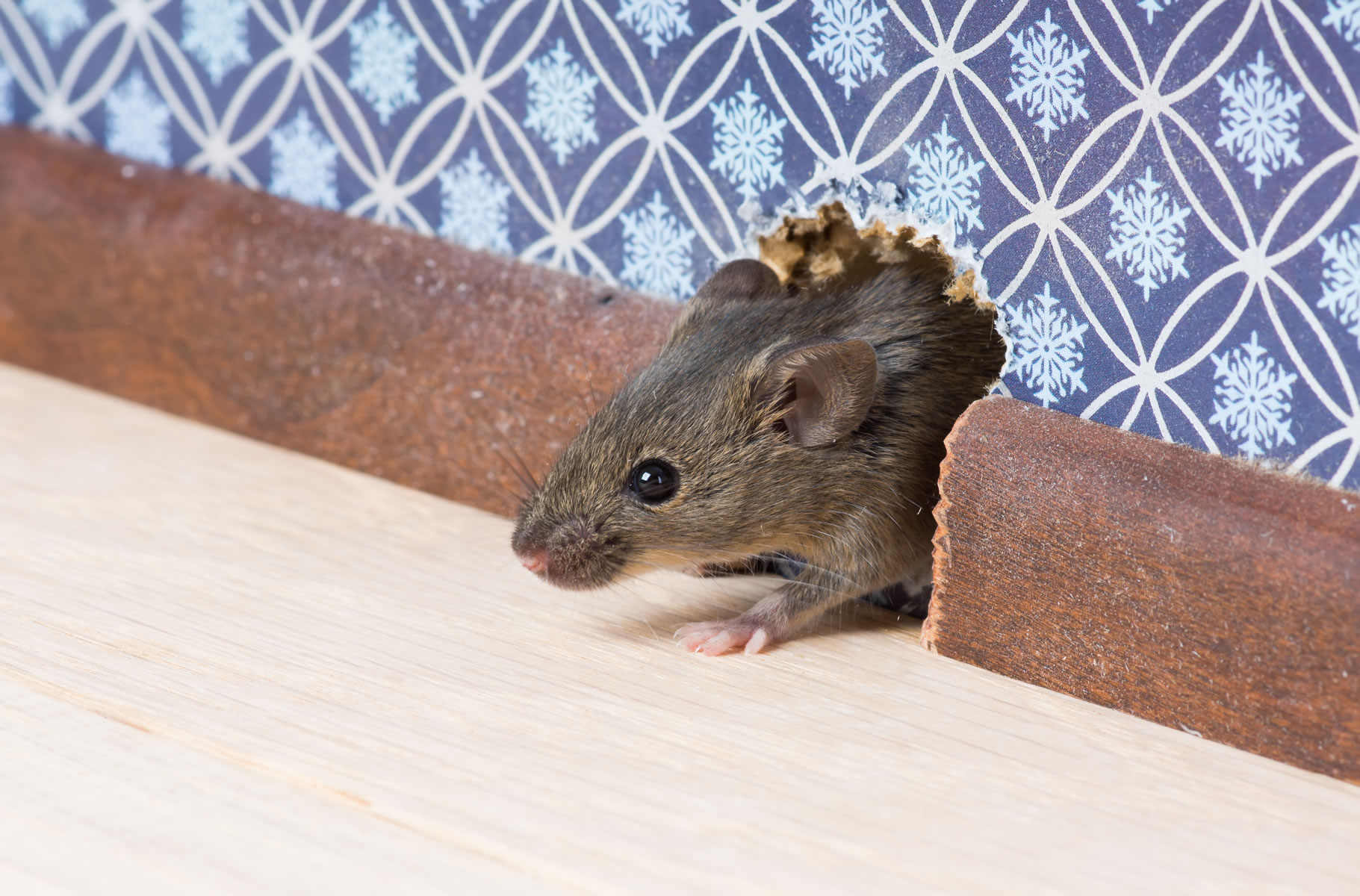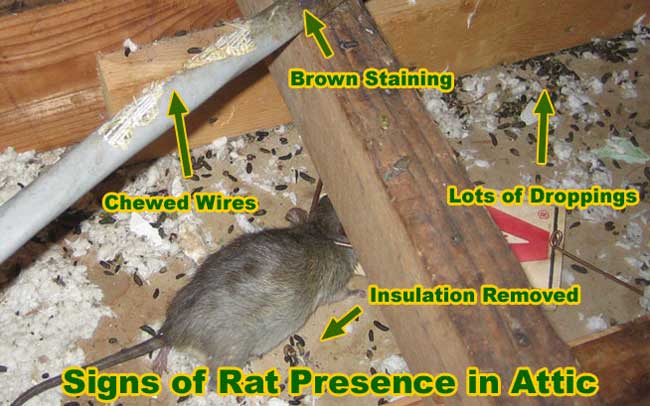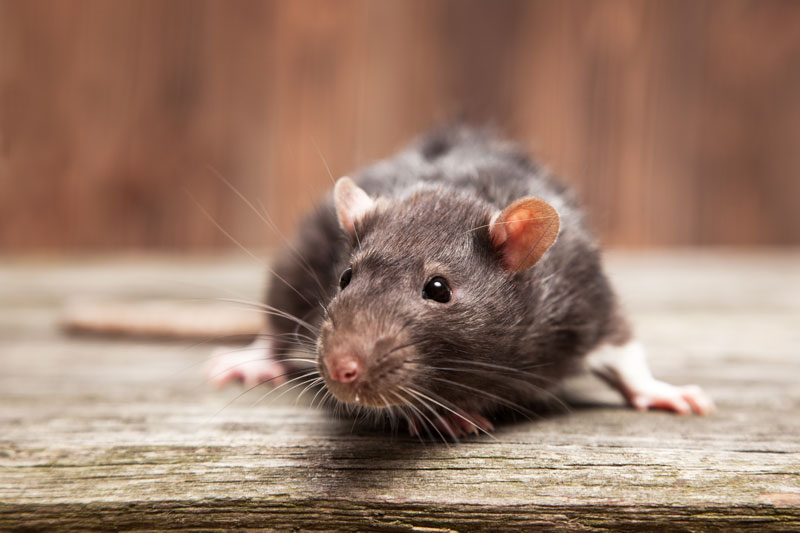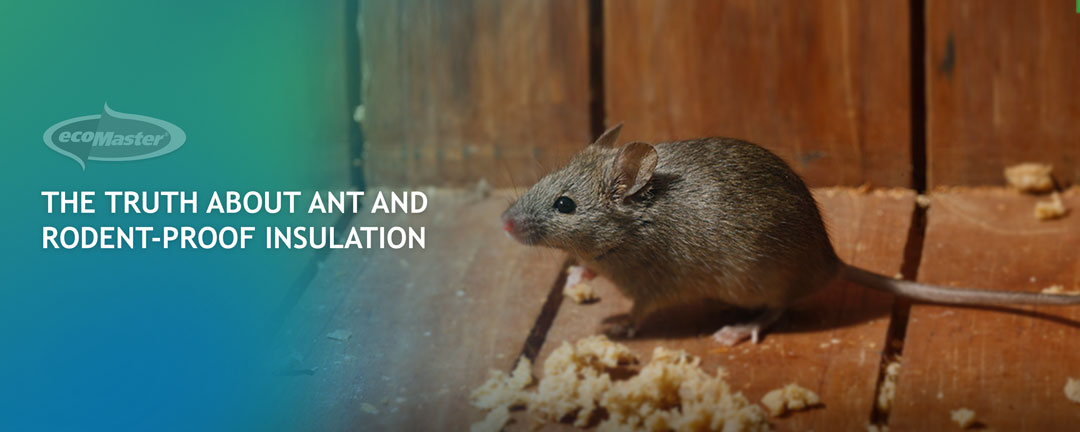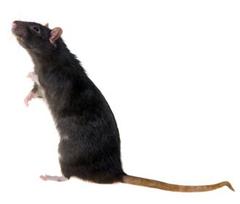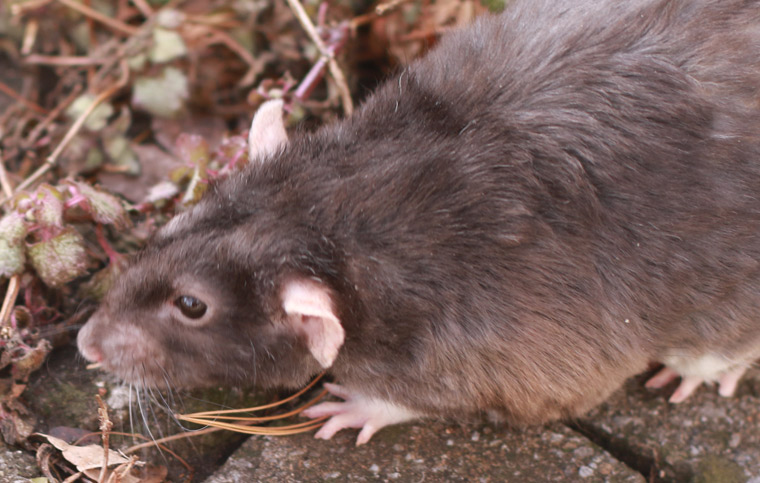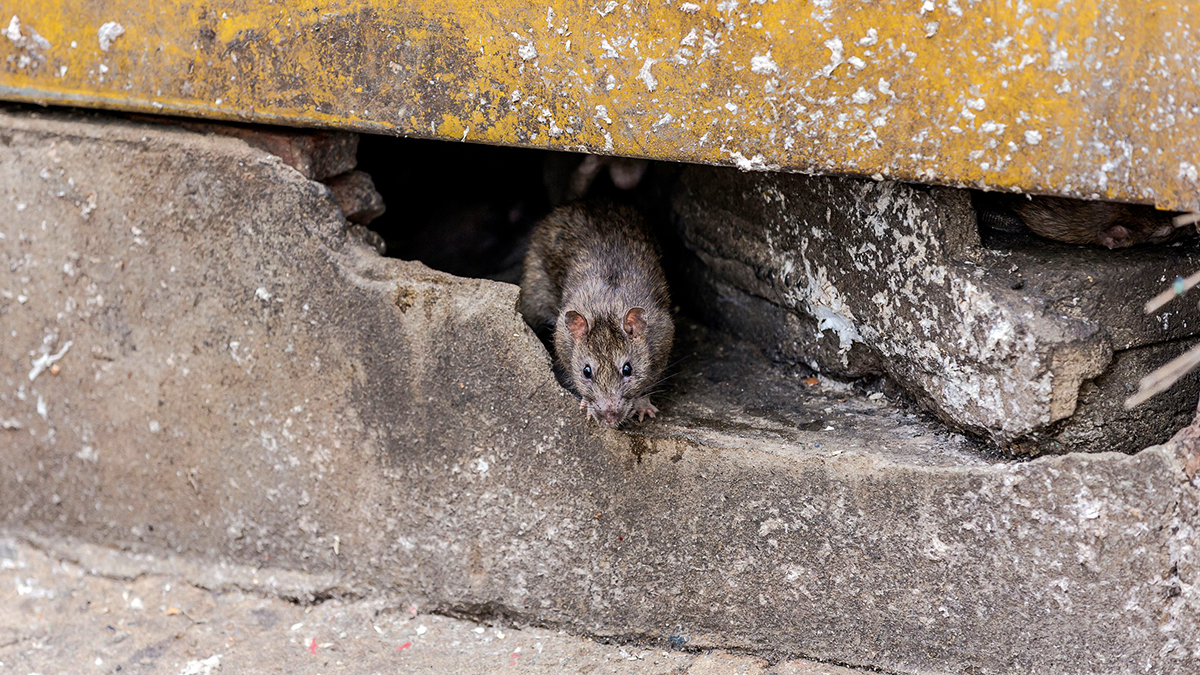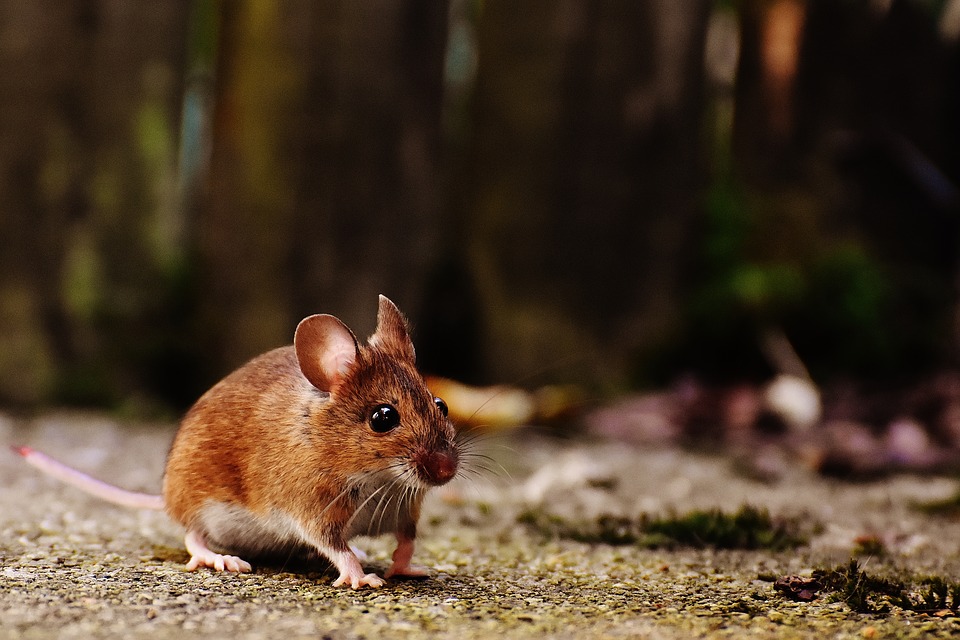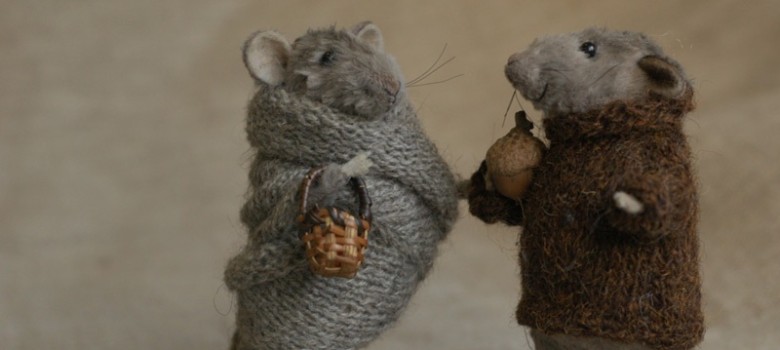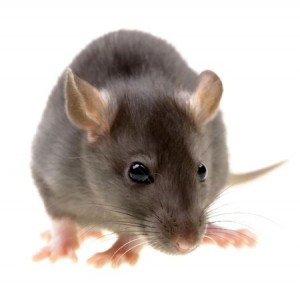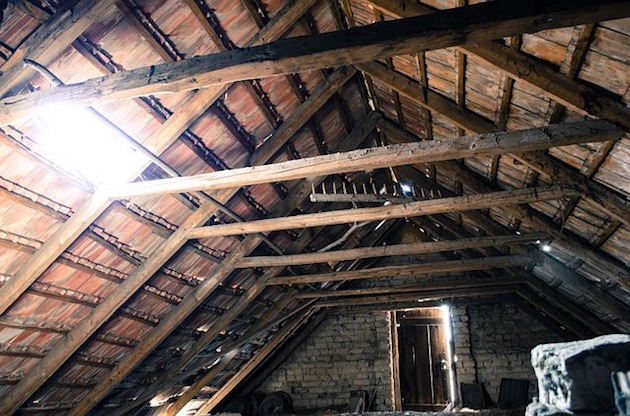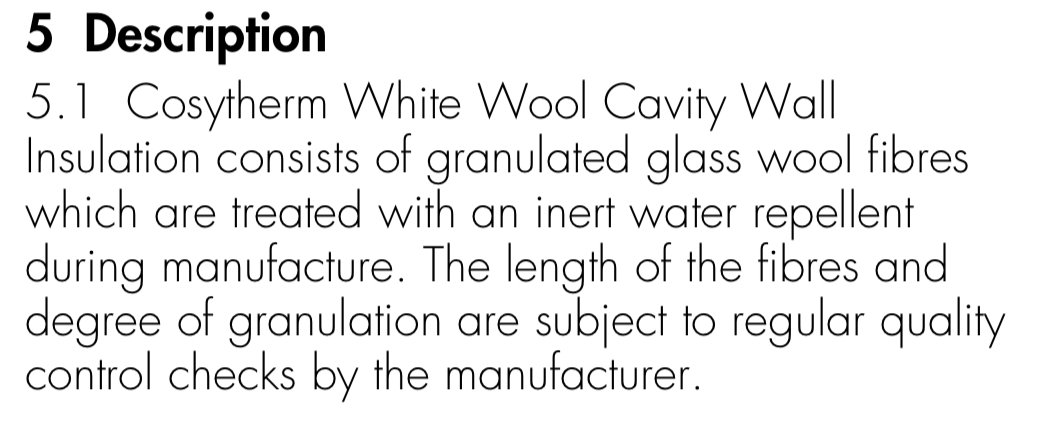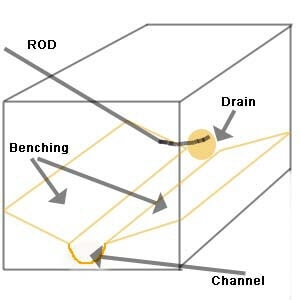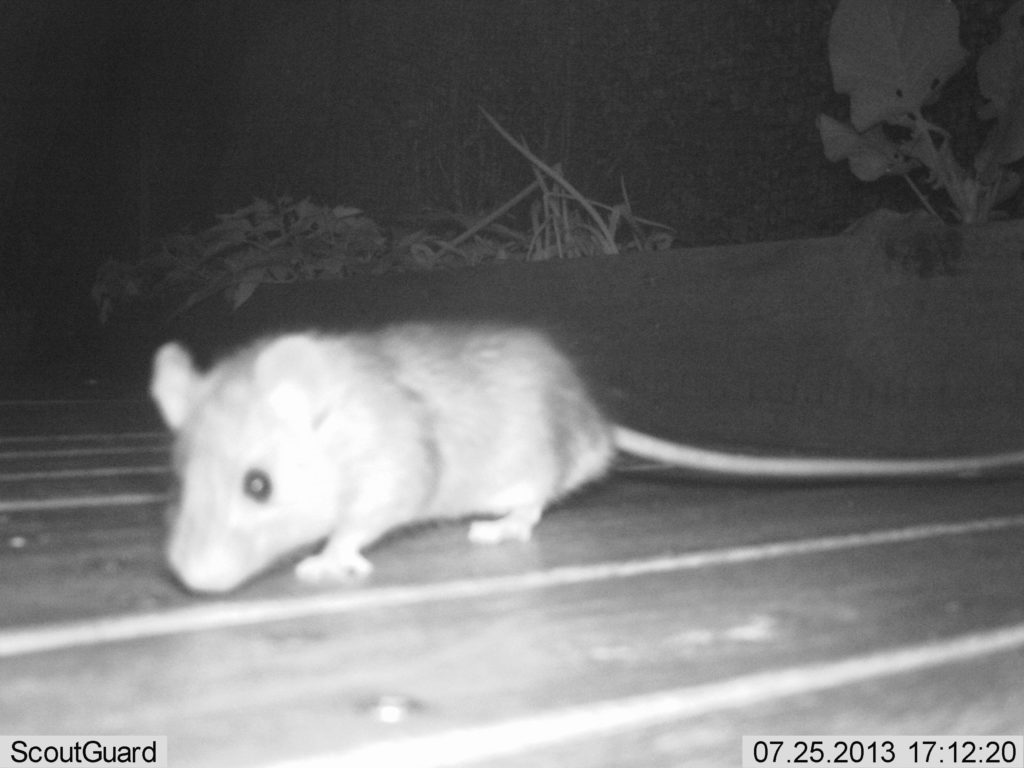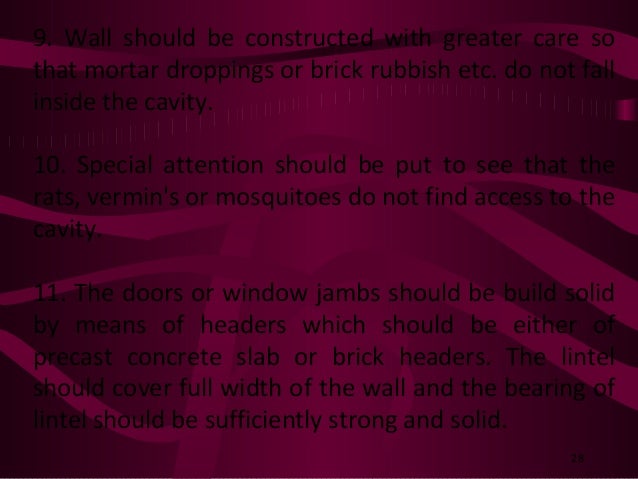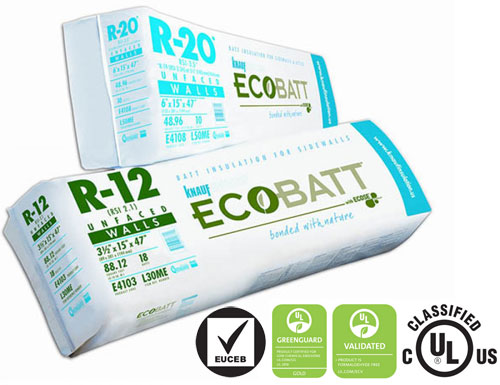Rat Proof Cavity Wall Insulation

Ok some of you know im sueing the builder who built my house but ive a new problem now lol ok monday had the council out to bait cos we had something going in and out of the cavity wall between us and next door the council guy confirmed it was a rat or more then one getting in via next doors water sewage drain cos he found rat droppings so he baited the main drain and a smaller on in the.
Rat proof cavity wall insulation. Insulation pertains to materials used in a house or building s walls ceilings and floors to prevent sound transmission heat loss or heat gain at the appropriate times it is a cost effective and practical solution to keep a house warm during winter and cool during summer and it helps home and building owners realize significant savings on. One specific type of cellulose insulation that was marketed as rodent proof was tap insulation which contains trace amounts of boric acid. Rodents make a mess everywhere they go. Mice and other rodents seek refuge when it begins to get cold outside.
In sealing off physical access to the building spray foam insulation also comes out on top. For more information on how to rodent proof your home check out our complete guide here. The damage caused by mice. Even if you haven t seen any critters in your house the stench of dead mice may have accumulated in the interior of your walls.
How to keep rodents out of insulation. They have continued to be the standard in house building ever since the only difference being that modern cavity walls have insulation packed within the cavity. You don t have to be squeamish to want a rodent proof fence around your home. They eat or destroy food meant for humans and pets gnaw anything they can get to and leave droppings wherever they go.
At the same time it has this effect it also saves you money on heating. Cavity walls first appeared in late victorian buildings with walls before being solid brick. However the fact of the matter is that there is not enough of the acid to have any effect on a rodent issue and even if there was a substantial amount within the insulation the rodent would have to. Rodents create a variety of problems.
In some cases evidence of a rodent problem could all be down to your sense of smell. What makes the difference. Polyester insulation is heat bonded meaning the fibres are strong and fused together with heat instead of glues so ants aren t a problem. They will move into a house if they can find a way in.
The foam is sprayed or injected directly into the relevant cavities be that floor roof or walls. Unfortunately there are many ways rodents can get into this cavity. They also multiply quickly. Rodents gain access to your home s insulation through your attic and walls and there are several ways they can enter your home.
This effectively removes the space the rats and mice use to crawl around the walls of the building.
